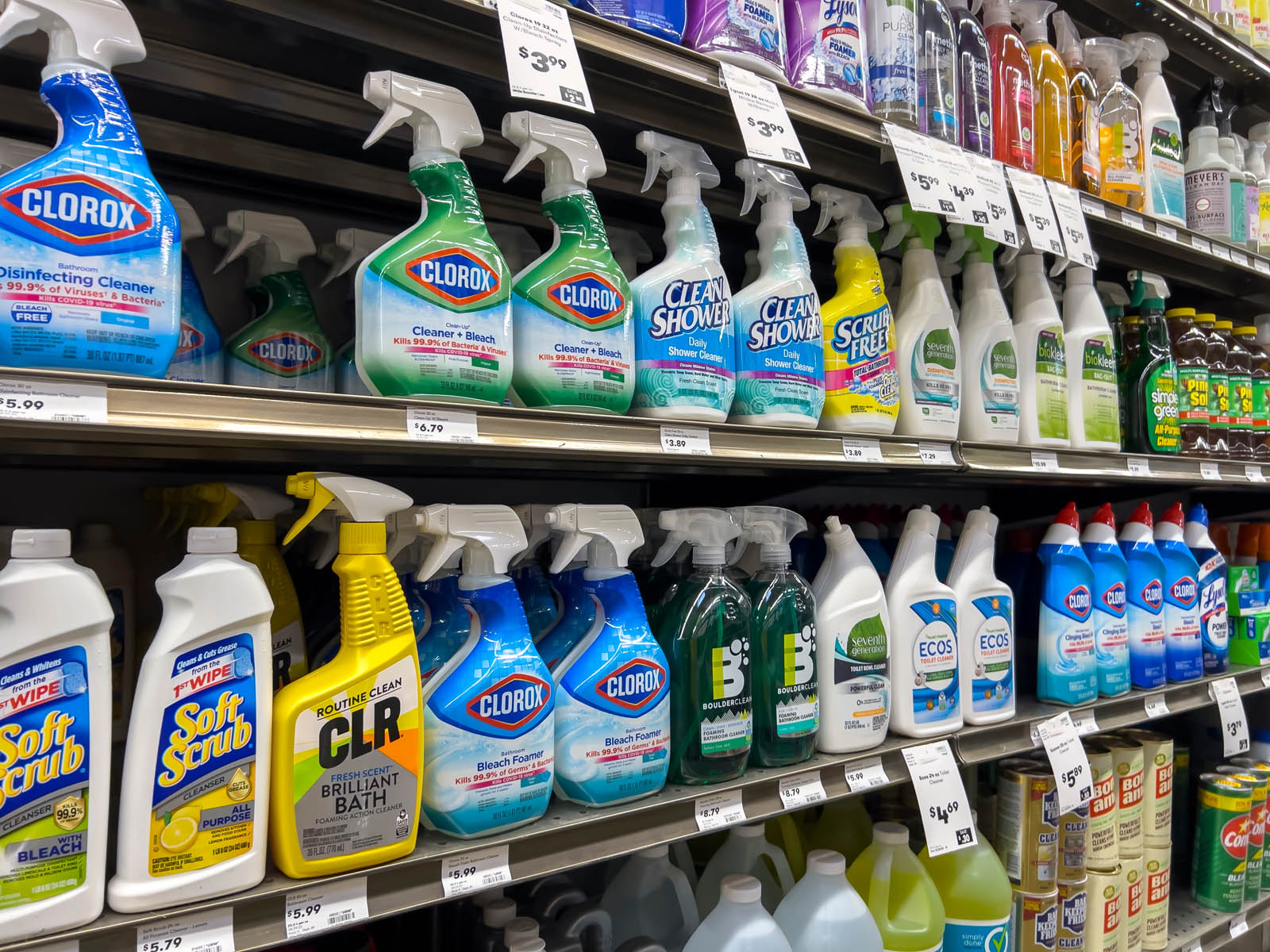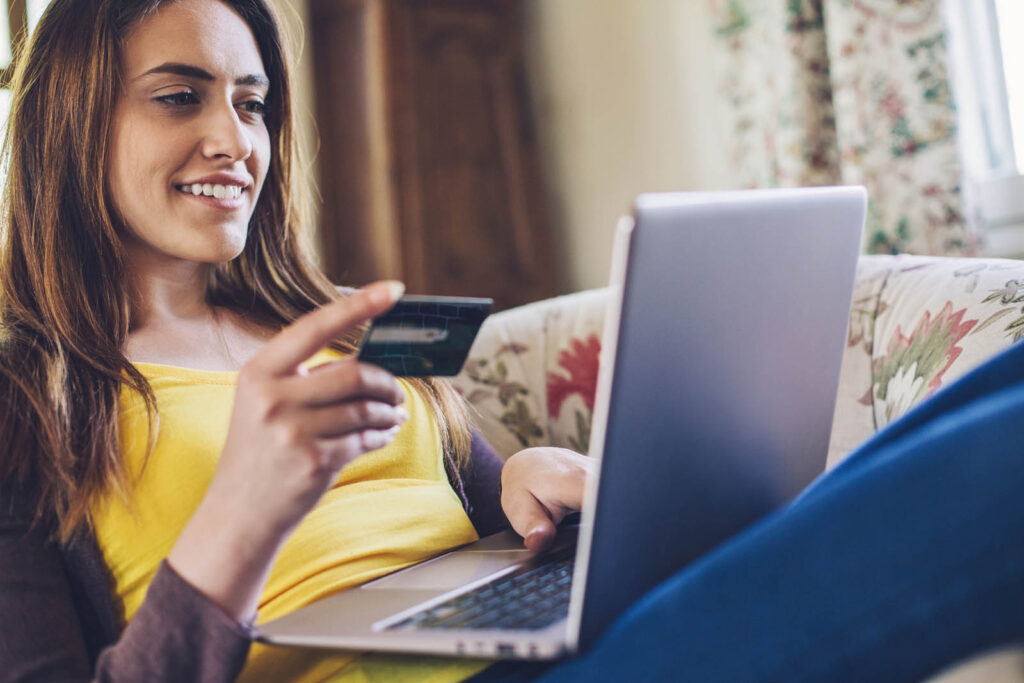
Case Study
Pandemic Workaround – Virutal Shelf Sets with Shopper Insights
overview
In the midst of the COVID-19 pandemic, a cleaning supplies company needed to better understand shoppers’ shifts in perceptions and preferences at shelf for its brand/products. The competitive set was growing quickly with new brands and SKUs, and the team wanted to make the case to a large national retailer that their consumer products deserved dedicated, in-store shelf space.
To help our client, while adhering to COVID-19 safety mandates, C+R developed an online discussion board that incorporated virtual shelf sets.
THE PROBLEM
Conducting Consumer Research During a Global Pandemic
Our client, a cleaning supplies company, needed to understand if shoppers’ perceptions of their brand and products had shifted during COVID-19 and how these perceptions stacked up against competitors. The brand wanted to persuade a retailer partner that their products deserved dedicated, in-store shelf space.
Given the state of the pandemic, sending shoppers into stores wasn’t safe or practical. Many retail shelves were abnormally bare, and no one wanted to be responsible for unnecessary exposures. We needed an alternate plan.

OUR APPROACH
A Safe and Effective Alternative to Brick-and-Mortar Research
In order for the research to resonate with the national retailer and its stores, C+R knew it was important for shoppers to see a full array of core brands and product SKUs coexisting on shelves. So, as an alternative to sending shoppers into brick-and-mortar stores, we designed an innovative online research approach, complete with the illusion of fully stocked shelves.
We started by recruiting recent and lapsed purchasers of the cleaning supplies category to participate in a three-day qualitative online discussion board. Participants were invited to share their information and experiences asynchronously by completing a series of activities at their own convenience (24/7). To avoid groupthink and bias, none of the shoppers could see other participants’ responses until the final day of the study.
After initial in-home activities and tours of current cleaning supplies, a screen-recording allowed participants to browse and shop in a virtual shelf set. The virtual shelf set included 4-5 rows of front product facings with prices listed under each item; there were also +/- signs allowing participants to add or remove products from their carts. As they shopped, participants shared specific details that caught their eye.

The result
Building the Case + Bonus Optimization Opportunities
In addition to providing valuable confirmation to help build the brands’ case for keeping its products on store shelves, the research also identified retail and product optimization opportunities, including more intuitive organization and product pairings.
Simulating a brick-and-mortar retail shopping experience was a powerful (and safe) way to capture shoppers’ top-of-mind triggers and feelings across brands and products, during an unprecedented time.


proven experience
related case studies
